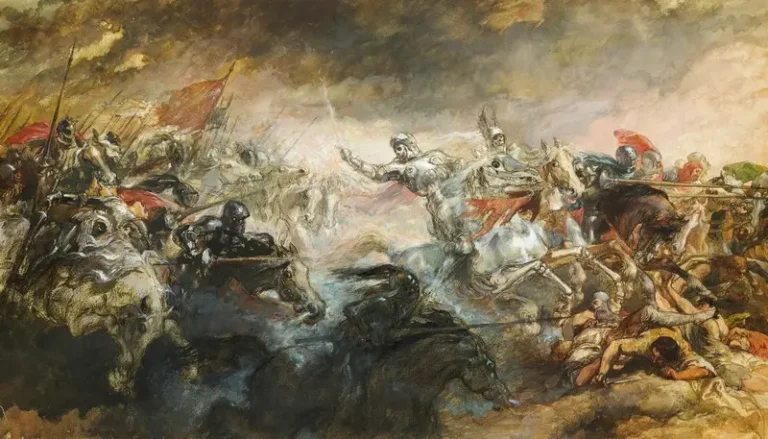Art is not just a form of creative expression; it is deeply intertwined with society and culture. The sociology of art examines the social and cultural factors that shape the production, distribution, and reception of art. It explores how art reflects and influences social structures, power dynamics, and collective identities.
Art as a Social Institution
Art functions as a social institution, just like education, family, or religion. It has its own set of rules, norms, and values that govern the creation and consumption of art. These rules are not fixed but evolve over time, reflecting changes in society and cultural practices.
Art institutions, such as museums, galleries, and art schools, play a crucial role in shaping the art world. They determine what is considered “high art” and what is marginalized as “low art.” These institutions also have the power to influence the careers and reputations of artists, as well as the market value of artworks.
The Role of Artists
Artists are not isolated individuals working in a vacuum; they are embedded in social and cultural contexts. Their work is influenced by the social and historical conditions in which they live. Artists often draw inspiration from their surroundings, addressing social issues, challenging norms, and reflecting on the human experience.
Artists also have a unique role in society as cultural producers. They shape the narratives and symbols that define collective identities and cultural values. Through their work, artists can challenge dominant ideologies, offer alternative perspectives, and promote social change.
Art and Social Stratification
Art is not equally accessible to everyone in society. It is often associated with privilege and social status. The consumption of art, such as attending exhibitions or purchasing artworks, is influenced by factors like income, education, and social connections. This creates social stratification within the art world, where certain groups have more access and influence than others.
Art can also reinforce existing power dynamics and inequalities. The representation of certain groups in art, such as women, people of color, or marginalized communities, has historically been limited. This underrepresentation perpetuates stereotypes and exclusionary practices. However, art can also be a powerful tool for challenging these inequalities and giving voice to marginalized groups.
The Globalization of Art
In today’s interconnected world, art is no longer confined to national boundaries. The globalization of art has led to the circulation of ideas, styles, and artists across different cultures and countries. This has both positive and negative implications.
On one hand, globalization has expanded the reach and diversity of art. Artists from different backgrounds can now gain international recognition and access new audiences. It has also allowed for the exchange of artistic ideas and collaborations between artists from different cultures.
On the other hand, globalization has also led to the commodification of art. The art market has become increasingly globalized, with artworks being bought and sold as investments rather than appreciated for their artistic value. This has created a tension between the commercialization of art and its intrinsic cultural and aesthetic significance.
Conclusion
The sociology of art provides a lens through which we can understand the complex relationship between art and society. It highlights the social and cultural factors that shape the production, distribution, and reception of art. By examining the role of artists, the influence of art institutions, and the impact of social stratification and globalization, we can gain a deeper appreciation for the sociological dimensions of art.





